White River Badlands: A Window into History

White River
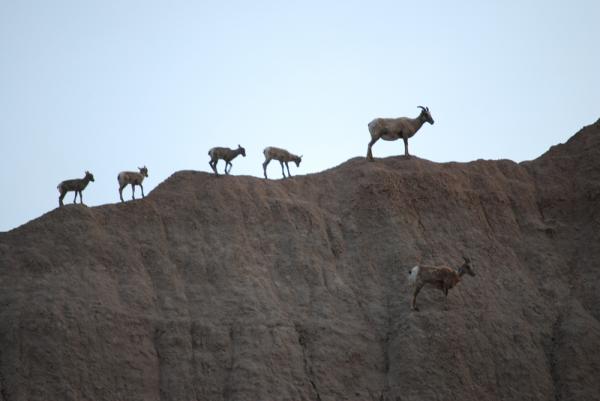
A family herd of Bighorn sheep (Ovis canadensis) makes for one of the most spectacular views in the Badlands as they seem to magically scale the steep, rocky pinnacles. Known to have crossed the Bering land bridge from Siberia some 750,000 years ago, they quickly spread across western North America as far south as Mexico. Once hunted to near extinction in 1926, a new herd was reintroduced in 1964 and once again Bighorn sheep are prospering in this ideal, rocky environment.
White River
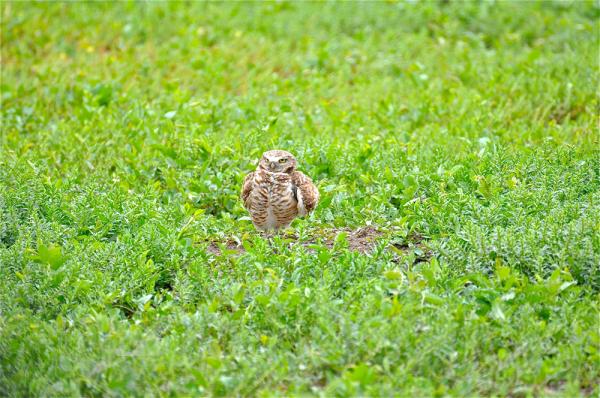
There are 206 species of birds that have been documented in the Badlands of South Dakota. Sixty-seven of those species are known to nest in this rugged and unique land. The Badlands are located at a crossroad for bird migration. Both western and eastern birds seasonally move through the region. Golden eagles and Red-tail hawks nest here while the Cooper's hawk and Northern Goshawk only migrate through. Even bald eagles are a common resident of the Badlands. The burrowing owl (Athene cunicularia), shown here, looks for a meal while standing in a prairie dog village.
White River
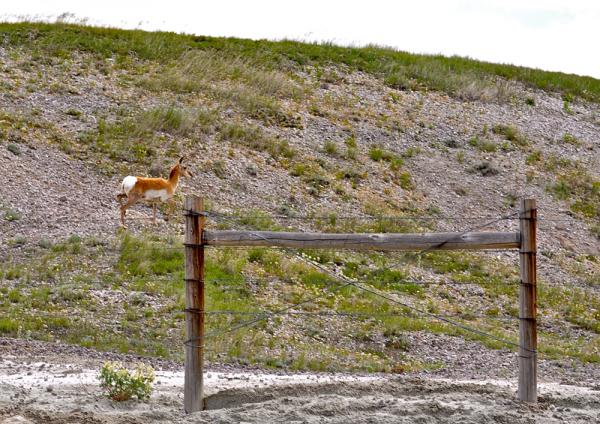
The pronghorn (Antilocapra Americana) are a common resident of the Badlands. Herds of these graceful grazers are well suited for life in the vast grasslands of the Badlands. With little cover from prey, the pronghorn's ability to run upwards of 50 mph (80 kph) for a long distance aids in its ability to survive.
White River
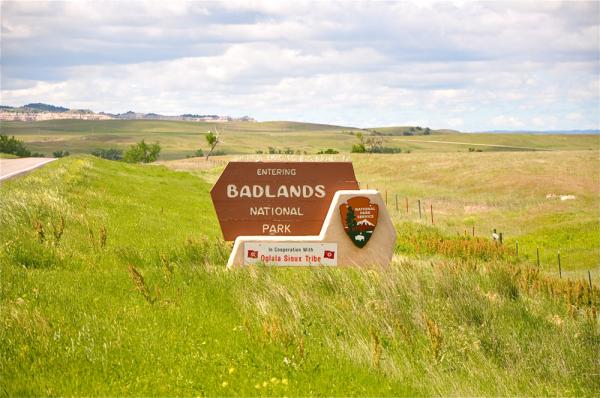
Most people today see the White River Badlands by visiting Badlands National Park. The park offers over 50 miles (80 kilometers) of paved and good gravel roads that pass by the most scenic views and close to the free ranging wildlife. Primitive camping is available, as are miles of hiking and biking trails. The Oglala Lakota Nations co-manage 50 percent of the Badlands National Park with the National Park Service. One of the world's rarest mammals, the black-footed ferret (Mustela nigripes) was reintroduced here in 1994 and is prospering well in the grassland wilderness. [Top 10 Most Visited National Parks]
White River
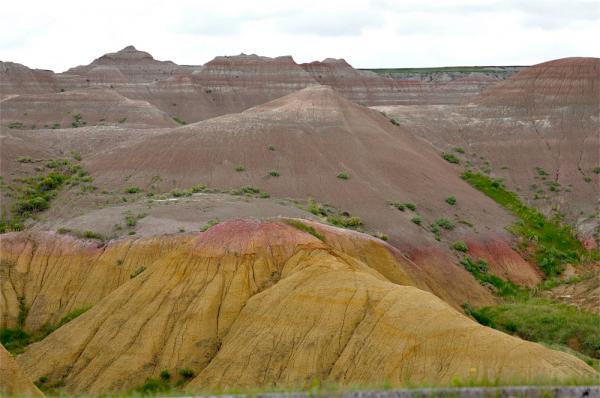
Erosion in the Badlands is constant and ongoing. Every time a thunderstorm unleashes a torrent of rain, soil is washed from the hills, pinnacles and buttes. It is estimated that 1 inch (2.5 centimeters) of rock is eroded each year by the rains and howling winds. At this rate, the Badlands of South Dakota will be completely leveled in another 500,000 years a very short period of geological time.
White River
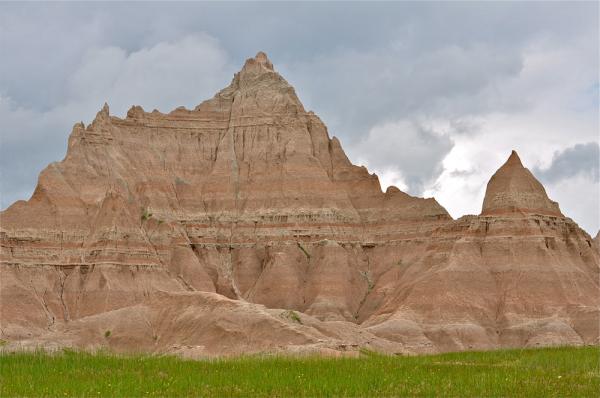
The serrated Badlands landscape was slightly faulted and warped during the mountain building forces that formed the Black Hills some 70 miles (113 km) to the west. Together with the constant and continual forces of erosion, the rich fossil beds that lay buried for millions of years were again brought to the surface and exposed. The layers of ancient sedimentary rock of the White River Badlands have become a scientific treasure and modern day calendar of geological history and time. [Image Gallery: Dinosaur Fossils]
Get the world’s most fascinating discoveries delivered straight to your inbox.


